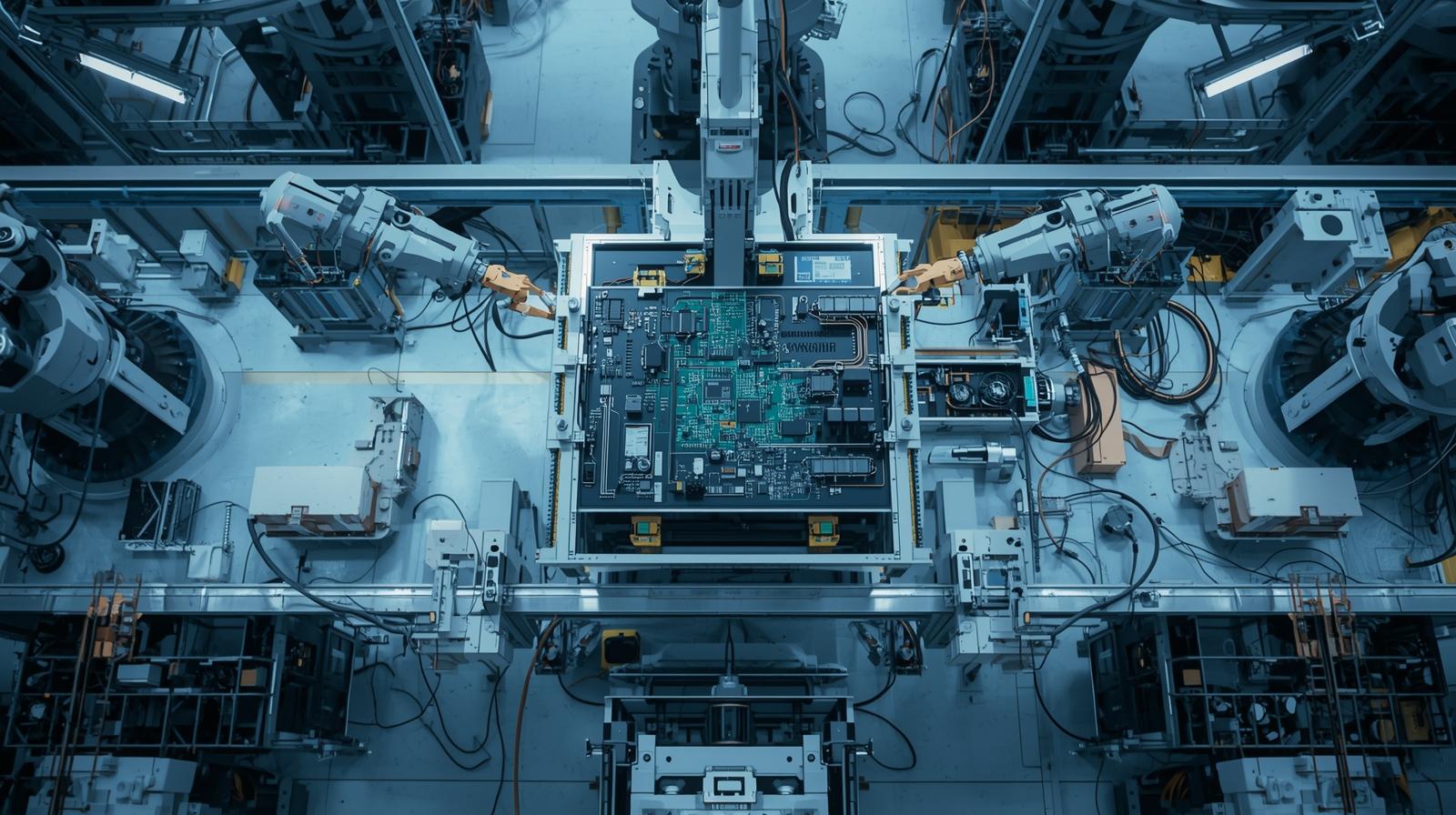The global lithium-ion battery industry is expanding at an unprecedented pace, driven by the rising demand for energy storage solutions across electric vehicles (EVs), consumer electronics, renewable energy integration, and industrial applications. As the world shifts toward sustainable and low-carbon energy systems, lithium-ion batteries have emerged as the leading technology due to their high energy density, longer lifespan, and efficiency. This growth trajectory is reshaping the energy, automotive, and technology sectors, presenting vast opportunities while also posing certain challenges.
Download PDF Brochure @ https://www.marketsandmarkets.com/pdfdownloadNew.asp?id=49714593

Key Trends Driving Market Growth
Rising Adoption of Electric Vehicles
One of the strongest growth drivers for the lithium-ion battery industry is the surge in electric vehicle adoption. Governments worldwide are implementing policies, incentives, and emission reduction targets that encourage the transition from internal combustion engine vehicles to EVs. Automakers are investing heavily in EV production, significantly increasing the demand for high-capacity and fast-charging lithium-ion batteries.
Renewable Energy Storage Integration
The growing focus on renewable energy sources such as solar and wind is creating strong demand for energy storage systems. Lithium-ion batteries are playing a pivotal role in stabilizing grids, storing surplus renewable power, and ensuring consistent energy supply. With global decarbonization initiatives gaining momentum, this trend is expected to accelerate further.
Technological Advancements in Battery Chemistry
Continuous innovation in battery chemistry is improving performance, safety, and sustainability. Developments such as solid-state batteries, lithium iron phosphate (LFP) batteries, and silicon-anode technologies are enhancing energy density, reducing costs, and extending cycle life. These advancements are expanding applications beyond consumer electronics to grid storage and large-scale industrial use.
Supply Chain Expansion and Localization
To meet growing demand, companies are investing in large-scale gigafactories and regional supply chains. North America and Europe, in particular, are focusing on building domestic battery manufacturing capacity to reduce reliance on imports and secure critical mineral supply chains. This regionalization of production is reshaping the competitive landscape of the industry.
Opportunities in the Lithium-Ion Battery Market
The rapid growth of the lithium-ion battery industry presents significant opportunities for stakeholders across the value chain:
- Electric Vehicle Expansion: With EV adoption projected to grow rapidly, demand for high-performance batteries offers major opportunities for battery manufacturers and materials suppliers.
- Renewable Energy Integration: Utility-scale storage projects are expanding globally, creating long-term opportunities for energy storage companies.
- Technological Innovation: Startups and established players investing in next-generation chemistries and manufacturing technologies can capture a competitive edge.
- Recycling and Circular Economy: The rise in spent lithium-ion batteries opens new opportunities in battery recycling, ensuring resource recovery and reducing dependency on raw material mining.
Forecast and Market Outlook
The global lithium-ion battery market Size is projected to grow from USD 194.66 billion in 2025 to USD 426.37 billion by 2033, at a CAGR of 10.3%. Asia-Pacific currently leads the market, with China dominating battery production and raw material processing. However, North America and Europe are expected to see rapid growth, supported by government incentives, EV adoption targets, and large-scale investments in local manufacturing.
The demand for lithium-ion batteries is anticipated to multiply several times, fueled by the EV sector, grid storage projects, and industrial applications. Emerging markets in Latin America, the Middle East, and Africa will also contribute to future growth as they expand renewable energy and EV infrastructure.
